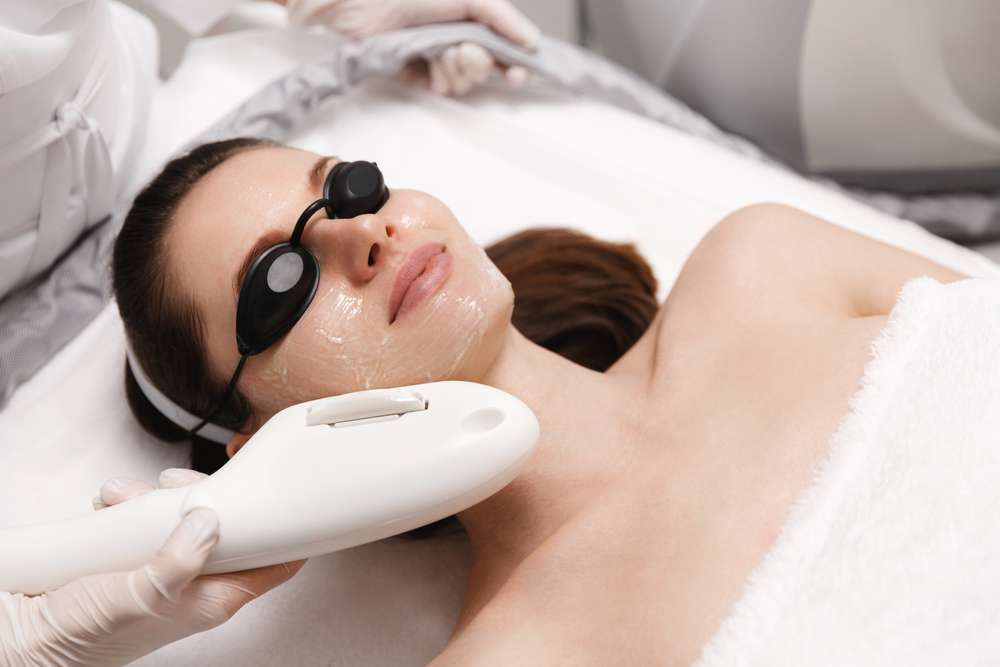Unlock Radiant Skin: An Expert Guide to Rejuvenation
Discover how modern skin rejuvenation restores a fresher, more youthful complexion. This in-depth guide explains the science behind treatments like laser resurfacing, chemical peels, microneedling, dermal fillers, and microdermabrasion, plus what to expect, costs, and how to choose the right option for your skin.

Unlock Radiant Skin: An Expert Guide to Rejuvenation
Healthy, youthful skin is often the result of ongoing care and, when needed, targeted clinical treatments. Skin rejuvenation works by prompting the body to repair and rebuild tissue — most methods create controlled injury that stimulates collagen and elastin production, improving tone, texture, and firmness. This guide breaks down how these treatments work, the most popular options, what to expect during a clinic visit, typical costs, and how to choose the best approach for your needs.
How skin rejuvenation works
Many procedures rely on the same biological principle: controlled disruption of the skin triggers a healing response. Fibroblasts manufacture new collagen and elastin, and damaged surface cells are shed and replaced. Over weeks to months this remodeling leads to smoother skin, reduced lines, and improved elasticity. The depth and type of controlled damage — whether superficial exfoliation, microscopic punctures, or thermal injury to deeper layers — determine recovery time and the visible results.
Popular treatments and what they do
-
Laser skin resurfacing: Concentrated light energy removes damaged outer layers or heats deeper dermal tissue. This can correct sun damage, fine lines, and some scars while encouraging new collagen.
-
Chemical peels: An acid solution is applied to remove the top skin layers. Peels range from light to deep and expose fresher, more even-toned skin beneath.
-
Microdermabrasion: A mechanical exfoliation that uses tiny crystals or a diamond-tip device to polish away superficial cells, improving texture and glow with minimal downtime.
-
Dermal fillers: Injectable gels provide volume beneath hollowed areas, smoothing wrinkles and restoring facial contours. Results are immediate and typically last months to over a year depending on the product.
-
Microneedling: A device with fine needles creates micro-injuries to the skin, stimulating collagen formation and improving scars, tone, and firmness. Often combined with serums or PRP for enhanced effects.
Each option has advantages and limitations; many practitioners combine treatments for more comprehensive improvements.
Laser treatments explained: ablative vs non-ablative
Lasers are among the most versatile tools in skin rejuvenation. Ablative lasers remove the epidermis and heat underlying dermal tissue, producing substantial remodeling but requiring longer recovery. Non-ablative lasers heat deeper layers without stripping the surface, offering gradual improvement with shorter downtime. Choice of laser type is driven by the condition being treated, desired results, and tolerance for recovery time.
What to expect during a treatment session
-
Consultation: A clinician evaluates your skin, medical history, and goals, then recommends an appropriate plan. Expect discussion about risks, expected results, and alternatives.
-
Preparation: The practitioner may cleanse the area, apply topical anesthesia, or advise pre-treatment skincare to optimize outcomes.
-
Procedure: Session length varies widely — from 20 minutes for a light peel to several hours for extensive resurfacing. Comfort measures and post-procedure cooling are commonly used.
-
Aftercare: Proper recovery habits are essential. You may be advised to avoid sun exposure, use gentle cleansers, apply healing ointments, and follow a specific skincare routine. Some results are visible right away; others emerge over weeks as collagen rebuilds.
Typical costs
| Treatment | Average Cost Range | Notes |
|---|---|---|
| Laser Resurfacing | $1,000 - $3,000 | Per session, may need multiple treatments |
| Chemical Peels | $150 - $800 | Varies by peel type and depth |
| Microdermabrasion | $75 - $300 | Per session, often sold in packages |
| Dermal Fillers | $600 - $2,000 | Per syringe, results last 6-18 months |
| Microneedling | $200 - $700 | Per session, typically need 3-6 treatments |
Prices, rates, or cost estimates mentioned in this article are based on the latest available information but may change over time. Independent research is advised before making financial decisions.
Choosing the right treatment for you
Selecting an approach means balancing desired outcomes, downtime, skin type, and budget. Steps to take:
- Book a consultation with a board-certified dermatologist or licensed practitioner who can assess your skin and recommend options.
- Research how each treatment works and realistic expectations for improvement.
- Think about recovery: some procedures require days or weeks of downtime, while others allow a quick return to normal activities.
- Consider costs and the typical number of sessions needed to reach your goals.
- Ask to see before-and-after photos and read verified reviews from patients treated by the clinician.
Combinations often yield the best results — for example, microneedling plus a light chemical peel, or laser resurfacing followed by periodic maintenance with fillers or topical retinoids.
Maintaining results long term
No procedure stops aging, but adopting a consistent skincare routine, using broad-spectrum sunscreen daily, avoiding smoking, and addressing lifestyle factors like diet and sleep will help prolong outcomes. Follow-up sessions or at-home maintenance treatments are commonly recommended.
Skin rejuvenation can safely and effectively refresh the complexion when chosen and administered correctly. Work with a qualified professional to build a plan tailored to your skin and goals, and be prepared for a short recovery period as your skin renovates itself.
This article is for informational purposes only and should not be considered medical advice. Please consult a qualified healthcare professional for personalized guidance and treatment.






